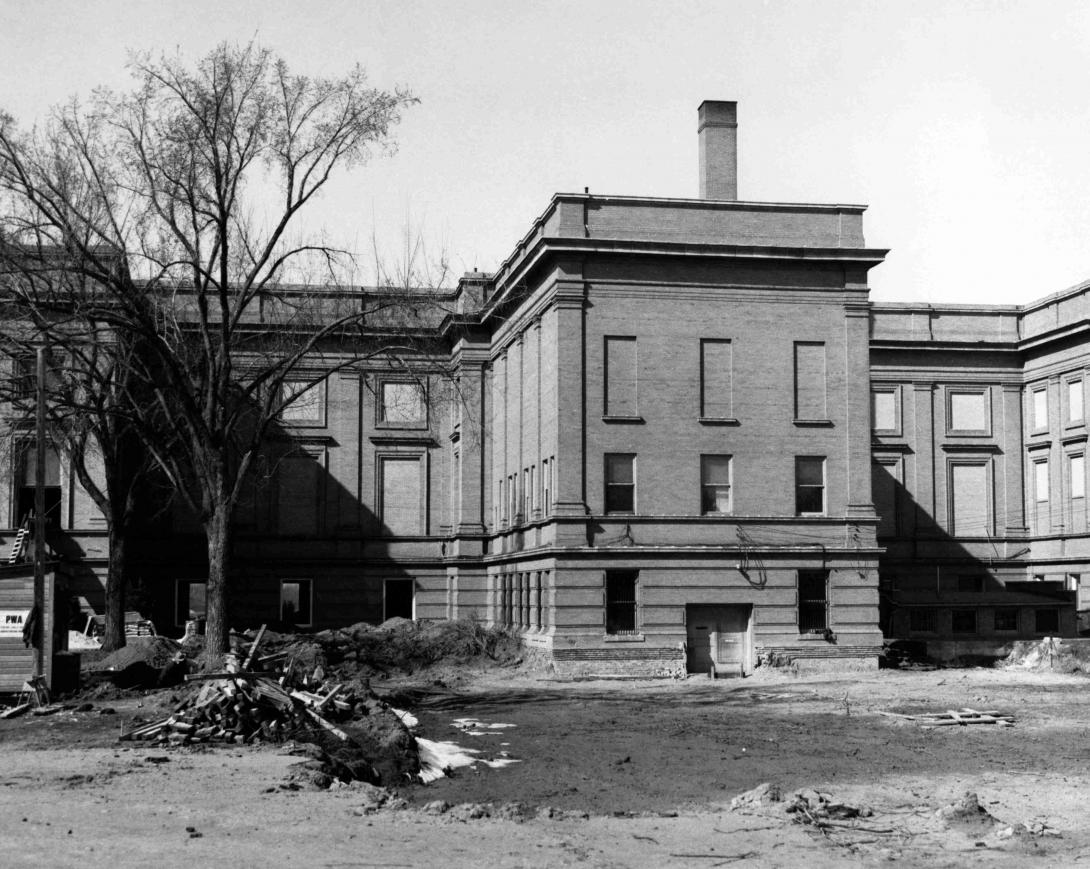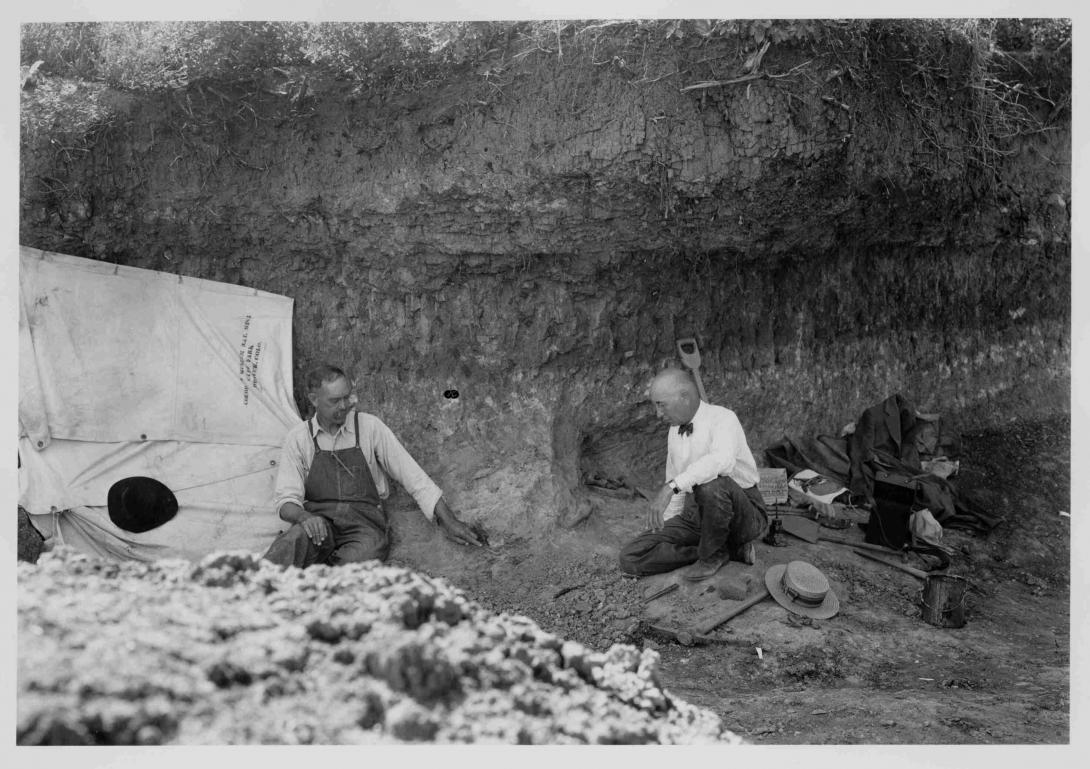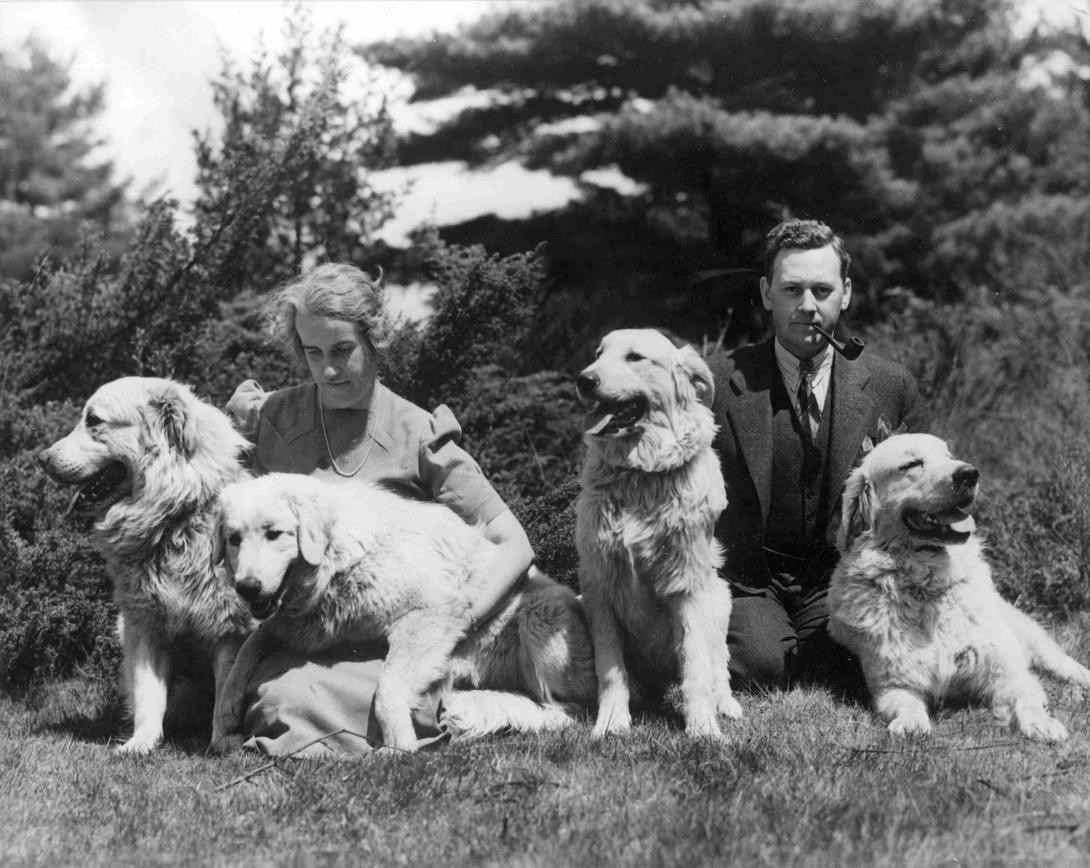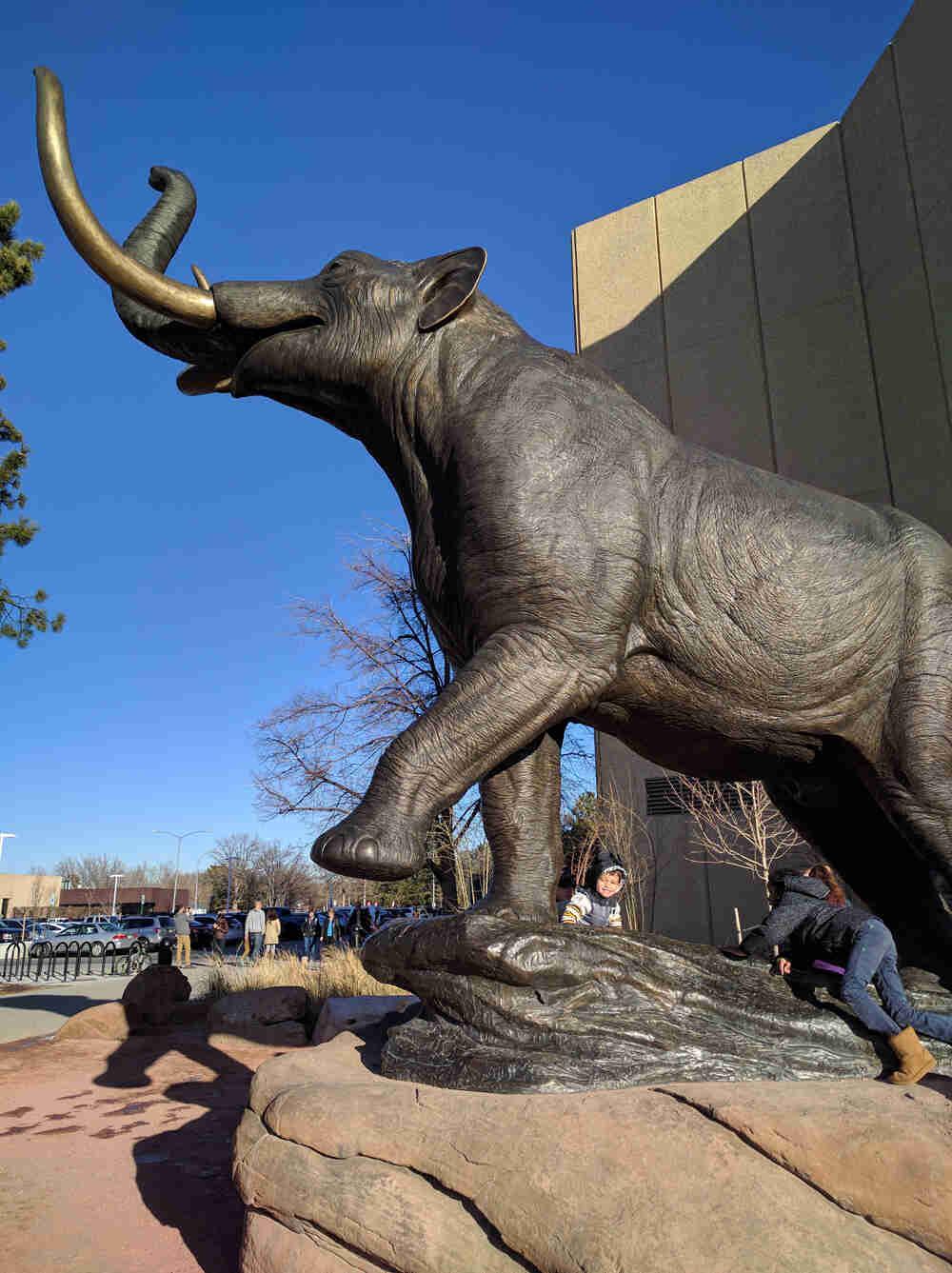Denver Museum of Nature & Science
Full Article
The Denver Museum of Nature & Science (DMNS) is the largest natural history museum between Chicago and the West Coast of the United States. Incorporated on December 6, 1900 as the Colorado Museum of Natural History, the museum was known as the Denver Museum of Natural History throughout much of the twentieth century.
The origins of DMNS, like those of the city of Denver, can be traced in large part to the gold rush of the middle nineteenth century. One of the many migrants who came to Colorado was Edwin Carter, who became one of the few successful miners during the Colorado Gold Rush. In 1868 Carter decided to give up gold mining and pursue his love of science and nature. Over the next three decades he amassed nearly 3,300 specimens of Colorado fauna. As he grew older, he dreamed of turning his collection into the foundations of a museum: “As Denver is destined to be among the great cities of the Continent,” he once said, “so will a museum here founded” that would “grow up to be one of the great entertaining and educational institutions in the country.” In 1899, just three months before Carter died, a group of prominent Colorado citizens purchased his collection with the intention of establishing a natural history museum in Denver.
After eight years of initial construction and the assembly of a collection of 3,400 specimens, the museum opened its Greek Revival doors to the public in 1908, exhibiting rare minerals, exotic birds and mammals, and extraordinary cultural objects. The museum was built in Denver’s new City Park, which was a product of the City Beautiful movement that municipal leaders had first seen implemented in Chicago at the World’s Columbian Exposition of 1893. Now centrally located in a vast metropolis, City Park was then on the outskirts of town, serviced only by a dirt road and surrounded by fields of oats and hay.
After stumbling through its first years, the museum found its footing under the leadership of Director Jesse Dade Figgins, who had been hired away from New York’s American Museum of Natural History. Collections accumulated, and the building quintupled in size. By 1912 the museum received more than 100,000 visitors each year, a number equivalent to almost half of Denver’s population.
Within a decade of the museum’s opening, scientific research joined exhibition as an integral part of the institution’s activities, though initial research focused on zoology and paleontology instead of anthropology or archaeology. In 1927, however, museum staff led by Figgins in Folsom, New Mexico made one of the most important archaeological discoveries of the twentieth century: Paleo-Indian projectile points in direct association with the bones of Bison antiquus, an extinct species of bison. This discovery—confirmed and verified in the field by the American Museum of Natural History’s Barnum Brown and the Smithsonian Institution’s Frank H.H. Roberts, among others—revolutionized North American archaeology by pushing the known occupation of North America back by thousands of years, to the end of the last Ice Age, which was then believed to have ended about 10,000 years ago.
After more than a decade of archaeological excavations directed by nonarchaeologists, the Department of Archaeology was formally created in 1935, when the Museum hired Hannah Marie Wormington, a twenty-one-year-old with a bachelor’s degree in anthropology from the University of Denver. Building on the Folsom discovery, Paleo-Indian research was the department’s primary focus for the next thirty years, although Wormington also conducted fieldwork in western Colorado on Archaic and Fremont cultural sites and accepted donations of ethnological materials. In 1937 Wormington was named the first curator of archaeology. She oversaw the opening of the museum’s first permanent anthropology exhibit, the Hall of the Prehistoric Peoples of the Americas in 1956.
As Denver’s natural history museum was blossoming, Mary W.A. Crane and her husband, Francis V. Crane, purchased their first Native American artifact in 1951. The affluent Cranes would spend nearly the next two decades doing little else but collecting Indian objects from throughout North America, from Alaska’s Point Hope to Florida’s Keys. The Crane Collection, amassed from more than 300 primary and secondary sources, has many of the most essential objects for examining Native North American ways of life.
The Cranes missed the heyday of collecting that established anthropology at institutions such as the Field Museum in Chicago, the American Museum of Natural History in New York, the Peabody Museum of Archaeology and Ethnology in Cambridge, Massachusetts, and the Museum of the American Indian (now the National Museum of the American Indian) in Washington, D.C. But as these museums began focusing more on display and less on collecting, the Cranes began purchasing select important items that remained on the market. Although the Crane collection includes pieces that date to the 1700s, much of their efforts focused on materials from the mid-twentieth century. Thus, their collection represents an important period of collecting not often well represented in other major museums.
Mary Crane served on the Board of the Denver Museum of Natural History, and in 1968 the museum agreed to serve as the collection’s new steward. The Cranes donated their entire collection of nearly 12,000 objects, as well as photographic and paper documentation. With this addition, the DMNH created the Department of Anthropology. To this day, the Crane Collection is one of the largest private American collections ever to form the basis for a museum department in the United States.
In 1978, the Crane American Indian Cultures Hall was completed under the direction of Arminta Neal and Joyce Herold, with guidance and assistance from a unique committee of twenty-five indigenous advisors, the Native American Resources Group. The dioramas for the exhibit were widely considered superb, state-of-the-art for the time, and received rave reviews by the public and scholars alike for their beauty, sensitivity, and accuracy. They remain a favorite feature of the exhibit hall for many visitors.
During the subsequent two decades, the Department of Anthropology increasingly focused on public education and temporary exhibits. In 1987, the national blockbuster exhibit Ramses II: The Great Pharaoh and His Time came to the DMNH, attracting nearly 1 million visitors. Exhibitions with anthropological themes grew to be a regular part of the DMNH, and subsequent exhibits proved highly popular, including both museum-produced and hosted traveling exhibits, such as Nomad: Masters of Eurasian Steppe (1990), Aztec: The World of Moctezuma (1992), Machu Picchu: Unveiling the Mystery of the Incas (2004), Lewis and Clark: The National Bicentennial Exhibition (2005), Genghis Khan (2009), A Day in Pompeii (2012), Maya: Hidden Worlds Revealed (2014), and Traveling the Silk Road (2015).
In 2000, the name was changed to the Denver Museum of Nature & Science to better reflect that both nature and science are integral parts of its mission and community and will remain so in the future. Today, DMNS attracts more than 1.4 million visitors per year, including more than 300,000 school children. Its volunteer program is a world leader, with 1,800 volunteers devoting more than 238,000 hours per year (the labor equivalent of 117 permanent employees) to the museum’s mission. More than a century after its founding, the Denver Museum of Nature & Science remains committed to continuing its legacy of innovative research, meaningful public education, and caring for the cultural treasures in its collections.















